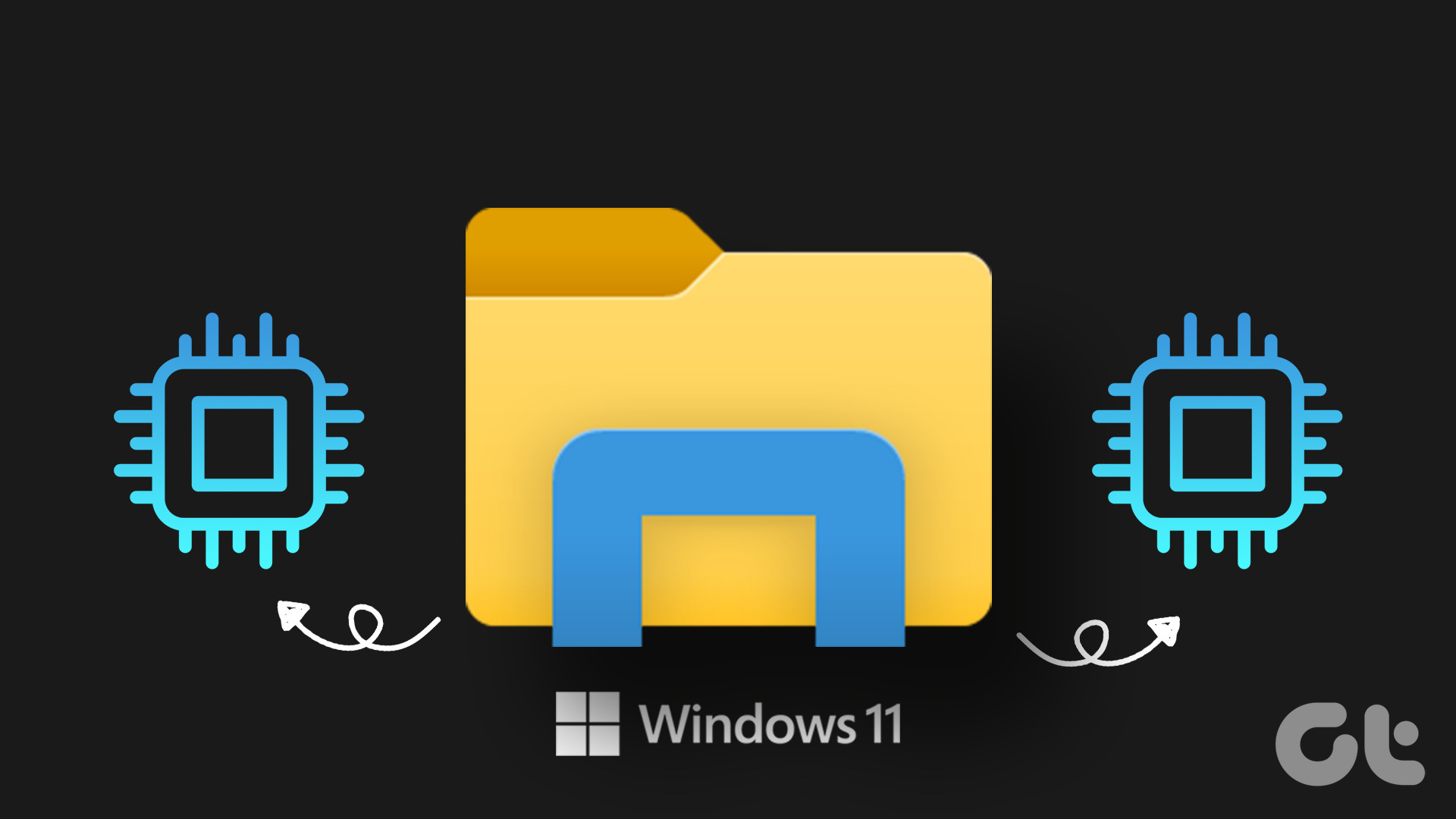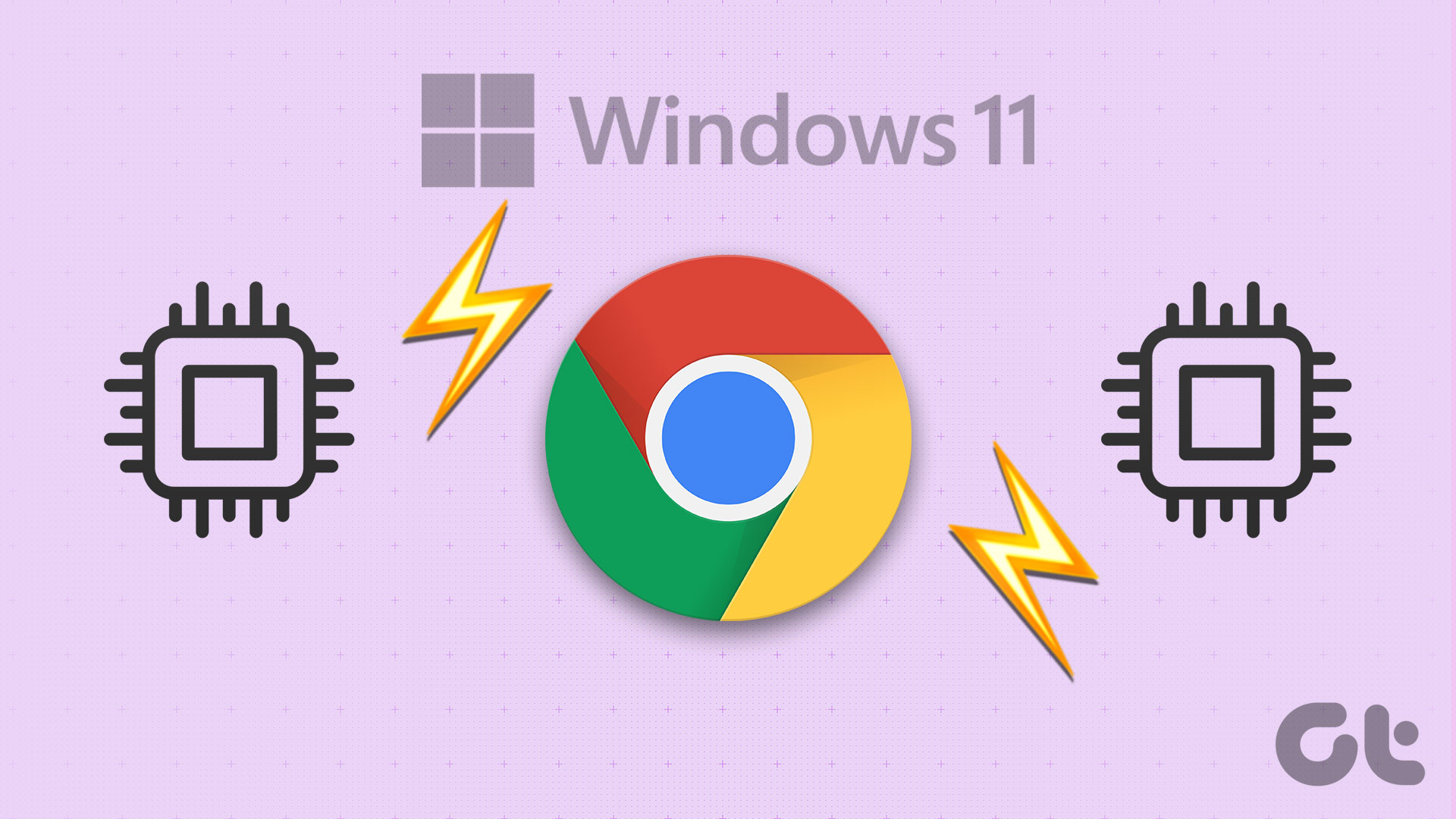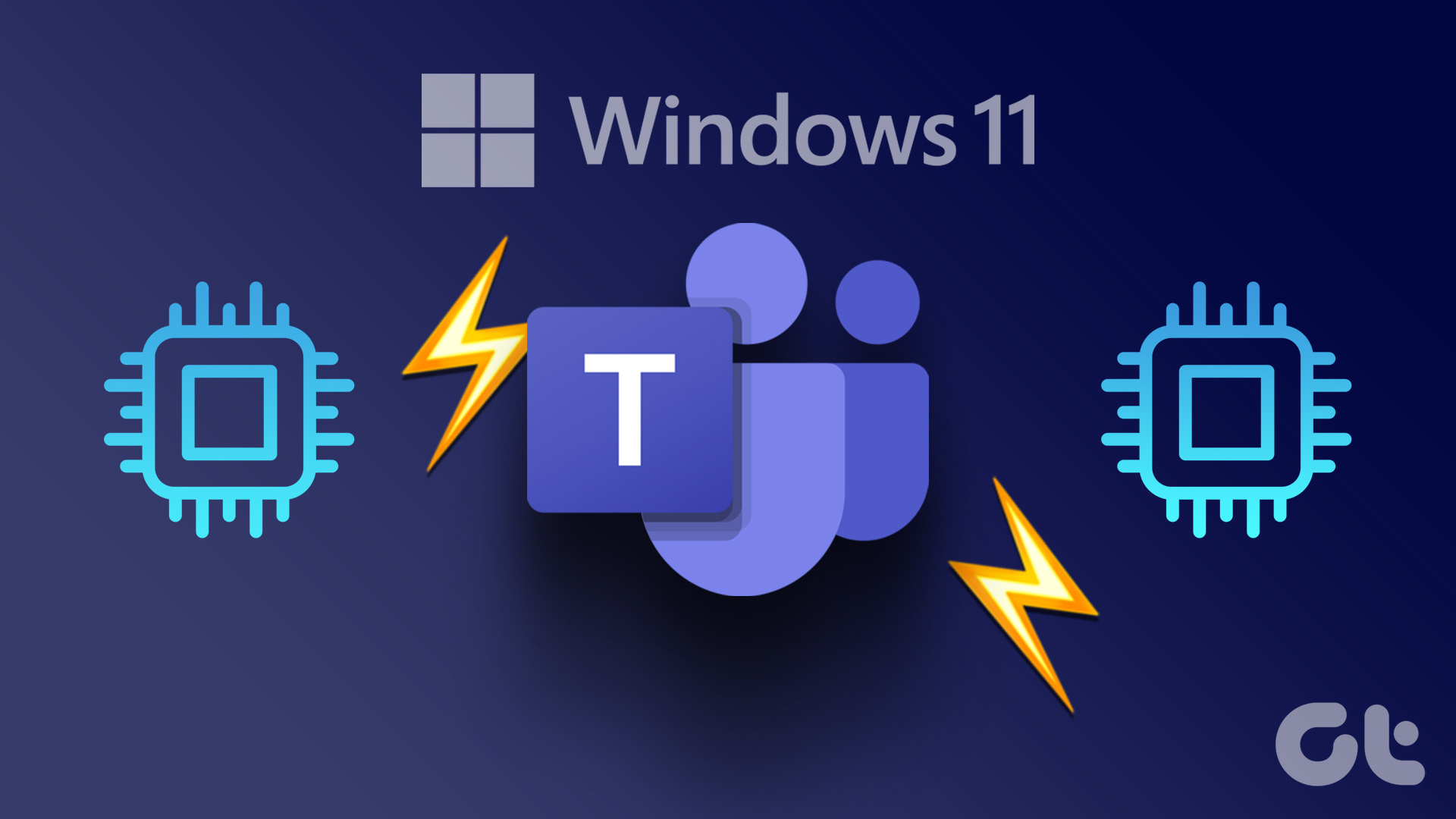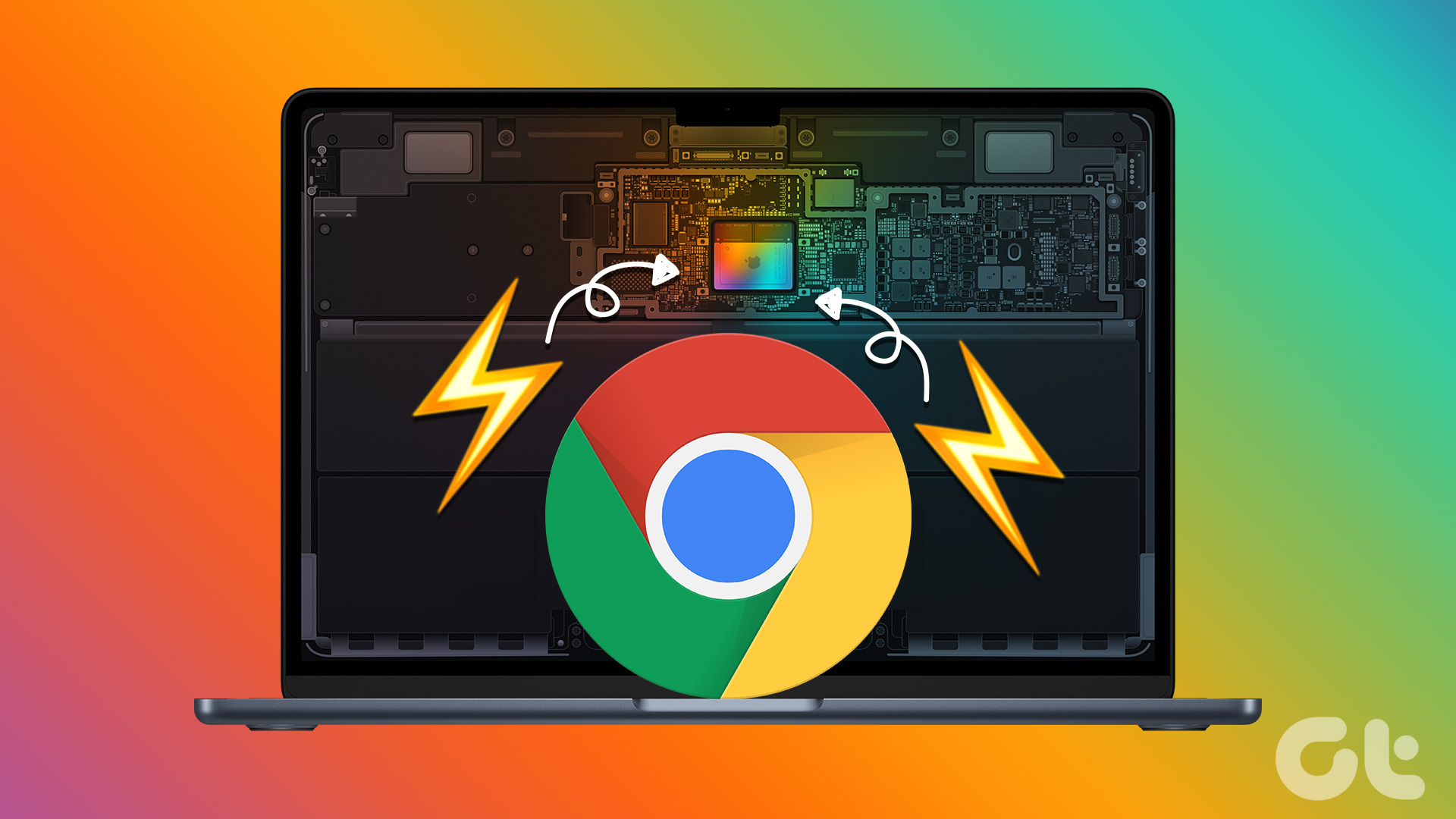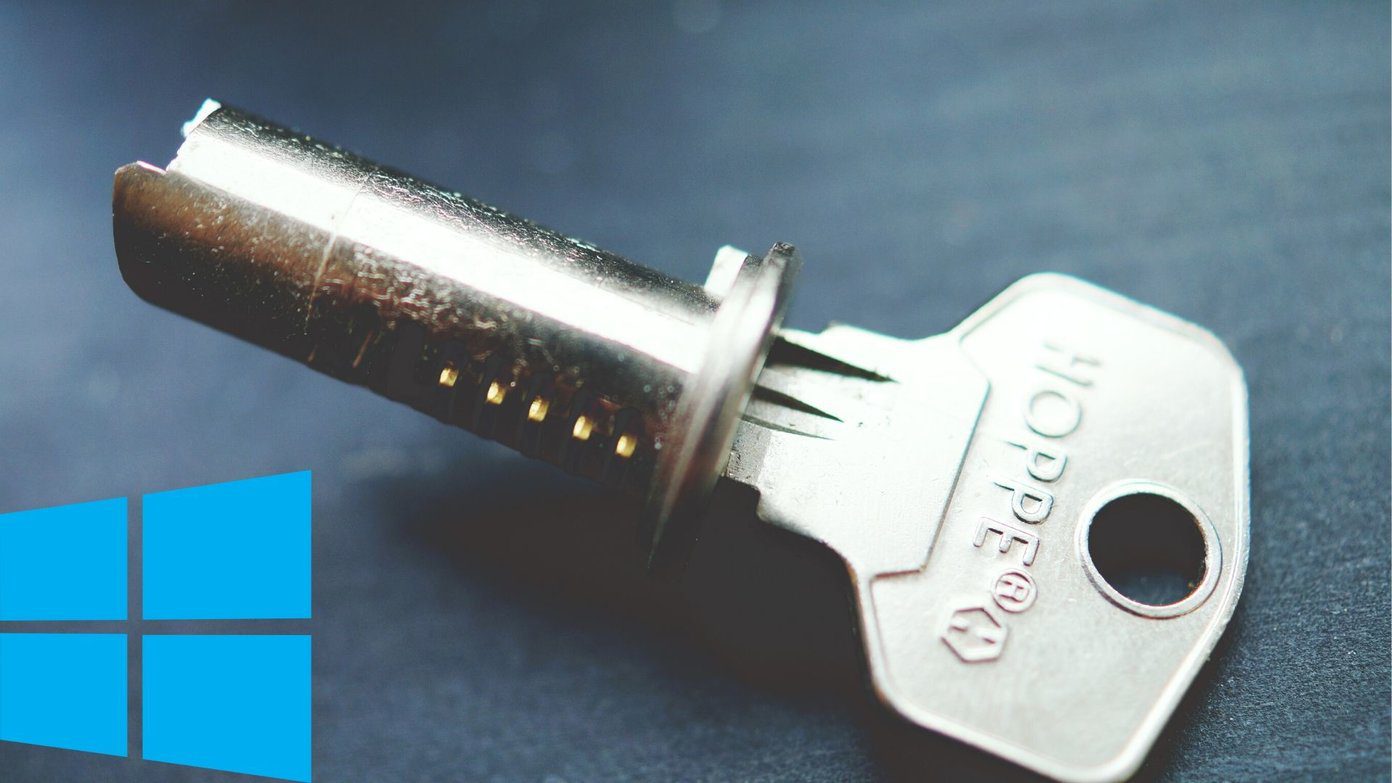When you have the latest graphics card, high-end RAM, and superfast SSD installed on the PC, keeping a tab on the PC temperature is more than important to ensure smoother and effective performance. We’ve compiled nine effective ways to reduce the CPU temperature on your PC.
1. Make Sure You Have Enough Fans for Airflow
Most PC cabinets come with a few air intake fans and one exhaust fan at the rear. This combination works fine when using a computer configuration with only onboard graphics and no heavy resources requirements. But, packing a high-end Intel or AMD processor with the latest graphics card for gaming, you’ll need a better fans combination for pulling in cooler air and throwing out hot air – a result of warm components.
For the best (and cool) experience, you need to have the same amount of fans to remove heat from the cabinet. Invest in a couple of high-quality fans and create an ideal airflow to keep the CPU temperature in check. You can also buy RGB fans to level up the aesthetics.
2. Don’t Block the PC Unit
Your PC units need to have space on the sides and back for better airflow. If the PC is blocked from the back, it won’t have enough space to throw out warm air. The situation creates a mess inside the PC cabinet and the CPU temperature will continue to rise.
3. Open PC Cabinet and Clean Dust
You’ll need to open the PC cabinet and clear out dust occasionally. Over time, the PC might get filled with dust, and not every dust particle is removed by fans. You need to open the PC cabinet and remove dust from fans and other parts. When close it, make sure all the connections are intact and you’ve left no wire loose.
4. Add an Better CPU Cooler
For desktops, most high-end processors from Intel or AMD come with a dedicated air cooler to keep the CPU temperature in check. If you have an old CPU, you might need to invest in such a better AIO cooler to keep the temperatures low. With a AIO cooler or an air cooler with a heatsink, you can reduce the temperatures by a certain degrees. This is healthy for your CPU’s life and keeps the temperature in check. You can either go with air cooling or liquid cooling. Check our guide to learn about installing a CPU cooler in a PC.
5. Apply Thermal Paste
Similarly, how we keep the car engine oil in check to avoid car breakdown, you need to do the same for the processor – majorly for the desktops. Thermal paste stays between the processor and cooler or heatsink. Over time, this thermal paste loses its effectiveness.
If you can’t apply, it’s best to get an experienced friend or a system integrator to apply thermal paste on the CPU for your desktop. Check out this helpful guide on applying thermal paste if you want to do it yourself.
6. Disable Too Many Apps and Services Launching At Startup
If too many apps and services launch at startup, it’ll require more processing power during the boot up process. Obviously, that’ll also impact the CPU temperature. Here’s how you can disable irrelevant apps at startup. Step 1: Open the Windows Settings menu by pressing the Windows + I keys. Step 2: Go to the Apps and menu and select Startup.
Step 3: Check apps launching at startup and their impact on the system.
Disable toggle for unnecessary apps and you are good to go.
7. Remove Malicious Files
If your PC is infected with malicious code, it might lead to the processor running all the time. Thankfully, using the default Windows Security tool will help you remove unwanted files. Step 1: Press the Windows key and search for Windows Security. Step 2: Select Virus & threat protection from the left sidebar.
Step 3: Hit the Quick scan button to run one. You can minimize the app and continue with your workflow.
8. Update Drivers From OEM Website
Besides Windows Updates, the component makers often release software to update firmware and check information such as temperature, CPU voltage, fan speed, and more. It is also your one-step solution to update required drivers. In the screenshots below, we will use the ASUS’s Armoury Crate as an example and the software on your PC might look different than ours. Open the relevant component software on your PC. Head to Tools and check pending driver updates.
Installed them and restart the PC.
9. Change Your PC Case
If you have an older case that doesn’t offer sufficient ventilation for the CPU/GPU components, you’ll need to consider switching to a different PC case. Several modern cases come with case fans built-in to provide better ventilation. That said, you my have to install good, high-performance casefans for air exhaust though.
Enjoy a Smooth Desktop Experience
Keeping processor temperature down is beneficial to your PC’s overall health. That delivers better performance and improves longevity of the components. The above article may contain affiliate links which help support Guiding Tech. However, it does not affect our editorial integrity. The content remains unbiased and authentic.










